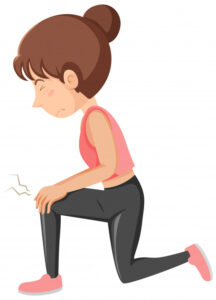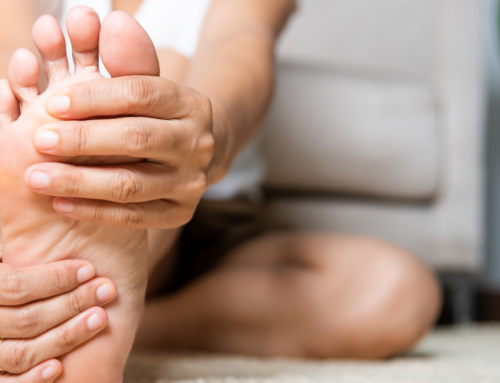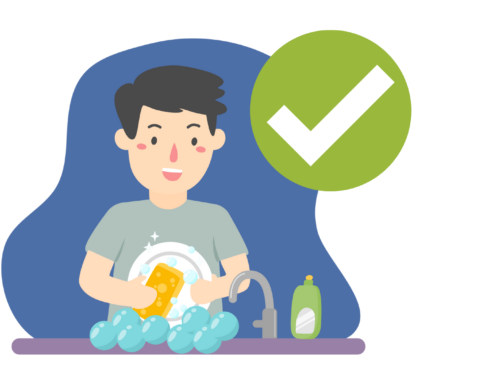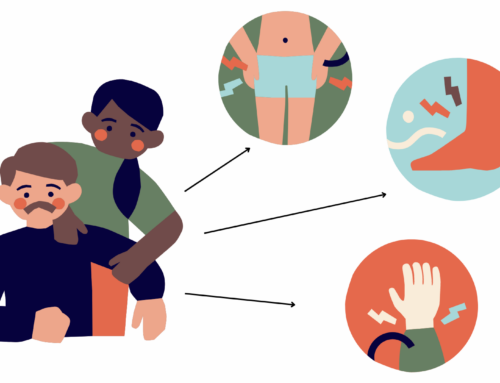Knee Pain During Your Daily Activities
Currently knee pain has become a very common complaint among people of all ages, when previously it was seen in a greater, more age-specific range. This pain can be the result of an injury: such as a torn ligament or a tear in this area. Likewise, some diseases such as arthritis, infections or gout, can also cause knee pain in a person. There are three ways to treat this condition: self-care, physical therapy or immobilization devices, or surgical repair.
Symptoms of Knee Pain

Causes of Knee Pain
Injuries:
- Anterior cruciate ligament (ACL) injury –the tear of one of the four ligaments that connect the tibia to the femur
- Fractures – when the bones of the knee, including the kneecap (patella), break from an accident
- Meniscus tear –when the meniscus; which acts as a shock absorber between the tibia and the femur, it damages
- Knee bursitis –inflammation of the synovial bursae, which are the small sacs of fluid that cushion the outside of the knee joint
- Patellar tendonitis –irritation and inflammation of one or more tendons, which are the dense, fibrous tissues that attach muscles to bones
Mechanical Problems:
- Loose body – when a piece of bone or cartilage breaks off and becomes lodged in the joint space
- Iliotibial band syndrome –when the band of tough tissue that extends from the outside of the hip to the outside of the knee (iliotibial band) becomes tight and rubs against the outside of the femur
- Patella dislocation –when the triangular bone (patella) that covers the front of the knee slips out of place
- Hip or foot pain – common hip or foot pain, caused by walking or other poorly done daily activities
Types of Arthritis:
- Osteoarthritis – a wear and tear condition that occurs when the cartilage in the knee deteriorates with use and / or age
- Rheumatoid arthritis – an autoimmune disease that can affect virtually any joint in the body
- Gout –when uric acid crystals build up in a joint
- Pseudogout –the formation of calcium-containing crystals in synovial fluid
- Septic arthritis – infection in the knee joint that causes swelling, pain, and redness
Risk factor’s:
- Overweight –Being overweight or obese puts a strain on your knee joints
- Lack of muscle strength and / or flexibility – can increase the risk of knee injury as healthy muscles help protect from injury
- Some sports and occupations –certain sports put more strain on your knees than others and can cause injury
- Previous injury –having a previous knee injury makes your knee more likely to injure yourself
In addition to all of these previously mentioned conditions, there are many more causes for knee pain in people of different ages. Not all these pains are serious, but if they occur frequently and with more intensity if it is good to treat them. Since if it is a serious injury, or a disease, they can cause a disability if they are not treated. It is also worth mentioning that an untreated knee injury can lead to other injuries to other parts of the body due to poor functionality of the knee.
Tips & Exercises for Knee Pain Prevention
In the following video you will find three recommendations from our Dr. Lisa Riggioni; In addition to these, we also recommend the following:
- Maintain an adequate weight: as we mentioned previously, it is better not to put more weight on the joints to prevent that extra effort and cause damage.
- Playing sports and taking care of your technique: playing sports helps to strengthen your muscles but also always remember to take care of the technique you use to practice them, since for example a squat poorly done or running with poor form can cause an injury and not prevent it.
- + Strength & Flexibility: muscle weakness is the main cause of a knee injury, this is why we recommend strengthening the quadriceps and hamstrings in the leg to prevent
Remember that an injury does not have to be caused in extreme situations, it can be a daily activity that causes an injury with knee pain for the rest of your life. So be very careful when doing activities that require a lot of effort and pressure on the knee in addition to following the recommendations we gave you above.
Currently knee pain has become a very common complaint among people of all ages, when previously it was seen in a greater, more age-specific range. This pain can be the result of an injury: such as a torn ligament or a tear in this area. Likewise, some diseases such as arthritis, infections or gout, can also cause knee pain in a person. There are three ways to treat this condition: self-care, physical therapy or immobilization devices, or surgical repair.
Symptoms of Knee Pain

Causes of Knee Pain
Injuries:
- Anterior cruciate ligament (ACL) injury –the tear of one of the four ligaments that connect the tibia to the femur
- Fractures – when the bones of the knee, including the kneecap (patella), break from an accident
- Meniscus tear –when the meniscus; which acts as a shock absorber between the tibia and the femur, it damages
- Knee bursitis –inflammation of the synovial bursae, which are the small sacs of fluid that cushion the outside of the knee joint
- Patellar tendonitis –irritation and inflammation of one or more tendons, which are the dense, fibrous tissues that attach muscles to bones
Mechanical Problems:
- Loose body – when a piece of bone or cartilage breaks off and becomes lodged in the joint space
- Iliotibial band syndrome –when the band of tough tissue that extends from the outside of the hip to the outside of the knee (iliotibial band) becomes tight and rubs against the outside of the femur
- Patella dislocation –when the triangular bone (patella) that covers the front of the knee slips out of place
- Hip or foot pain – common hip or foot pain, caused by walking or other poorly done daily activities
Types of Arthritis:
- Osteoarthritis – a wear and tear condition that occurs when the cartilage in the knee deteriorates with use and / or age
- Rheumatoid arthritis – an autoimmune disease that can affect virtually any joint in the body
- Gout –when uric acid crystals build up in a joint
- Pseudogout –the formation of calcium-containing crystals in synovial fluid
- Septic arthritis – infection in the knee joint that causes swelling, pain, and redness
Risk factor’s:
- Overweight –Being overweight or obese puts a strain on your knee joints
- Lack of muscle strength and / or flexibility – can increase the risk of knee injury as healthy muscles help protect from injury
- Some sports and occupations –certain sports put more strain on your knees than others and can cause injury
- Previous injury –having a previous knee injury makes your knee more likely to injure yourself
In addition to all of these previously mentioned conditions, there are many more causes for knee pain in people of different ages. Not all these pains are serious, but if they occur frequently and with more intensity if it is good to treat them. Since if it is a serious injury, or a disease, they can cause a disability if they are not treated. It is also worth mentioning that an untreated knee injury can lead to other injuries to other parts of the body due to poor functionality of the knee.
Tips & Exercises for Knee Pain Prevention
In the following video you will find three recommendations from our Dr. Lisa Riggioni; In addition to these, we also recommend the following:
- Maintain an adequate weight: as we mentioned previously, it is better not to put more weight on the joints to prevent that extra effort and cause damage.
- Playing sports and taking care of your technique: playing sports helps to strengthen your muscles but also always remember to take care of the technique you use to practice them, since for example a squat poorly done or running with poor form can cause an injury and not prevent it.
- + Strength & Flexibility: muscle weakness is the main cause of a knee injury, this is why we recommend strengthening the quadriceps and hamstrings in the leg to prevent
Remember that an injury does not have to be caused in extreme situations, it can be a daily activity that causes an injury with knee pain for the rest of your life. So be very careful when doing activities that require a lot of effort and pressure on the knee in addition to following the recommendations we gave you above.





